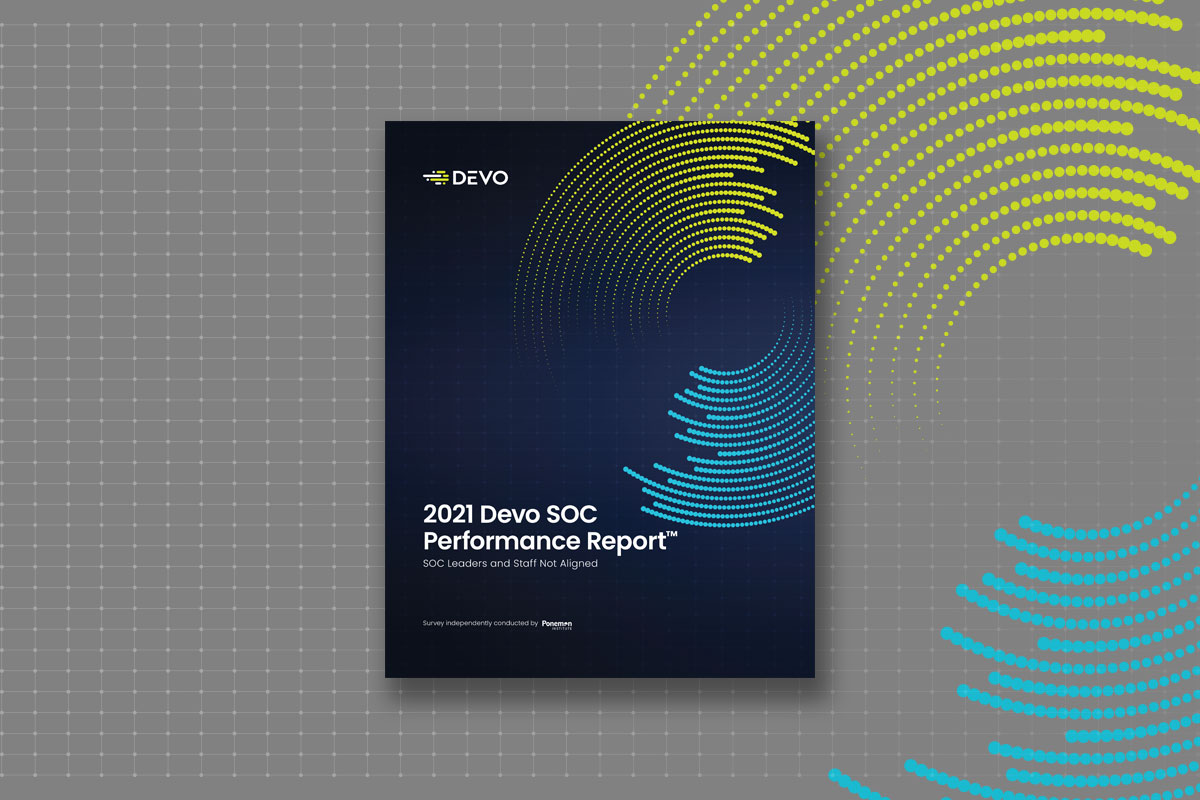
The right SIEM can make or break your SOC. While there are a lot of security solutions and platforms for you to choose from, ask yourself–how will they make life in your SOC better than before? If you make the right choice, you’ll empower your SOC to work more efficiently, more effectively, and more proactively.
As you do your research and consider which SIEM is right for you, make sure it checks these boxes. Your analysts will thank you.
Avoid the Swivel Chair and Embrace a SaaS Offering
Picture this: You’re a SOC analyst trying to make sense of a mountain of data from various sources. But you can’t just look in one (or two, or even three) places; the info you need is spread across multiple windows and systems. It’s a swivel chair nightmare! That crick in your neck is a symptom of the “modular curse,” where different functionalities are bolted on as separate modules, leading to a disjointed workflow for analysts.
A next-gen SIEM takes a different approach. It correlates data regardless of the data source or domain, bringing all the functionality together in a seamless workflow with one user interface. This means analysts no longer have to juggle multiple windows and manually correlate disparate data. With the right SIEM, you can say goodbye to the swivel chair and hello to a streamlined and efficient workflow.
Embrace Enriched Data for Powerful Insights
Data without context is like a puzzle with missing pieces—it’s nearly impossible to see the big picture. That’s where data enrichment comes in. Enrichment involves adding useful context to your data, such as geolocation, machine names, and user information. This enrichment acts as a force multiplier for SOC analysts, enabling them to make critical decisions based on the nature of the data they see.
Legacy SIEM solutions often fall short in the enrichment department. They either require manual processes or offer limited fixed enrichment capabilities. However, next-gen SIEM solutions step up their game by providing flexible and programmatically driven enrichment capabilities. Analysts can upload business context data and write custom queries to cross-reference data, creating a dynamic and adaptable enrichment process. Additionally, the best next-gen SIEM solutions come with integrated threat intelligence platforms, eliminating the need for separate, costly solutions.
Accelerate Investigation and Response
Time is of the essence in the fast-paced world of the SOC. Analysts need to work swiftly to detect and respond to threats before they wreak havoc on an organization. The right SIEM solution can significantly speed up investigations and enable seamless collaboration among analysts.
Legacy SIEMs often slowed down analysts with clunky interfaces, disjointed workflows, and limited collaboration capabilities. These struggles create silos and hinder collaboration across teams. Next-gen SIEMs help analysts work faster and more effectively by providing a single, intuitive user interface. No more juggling multiple windows or struggling with complicated workflows. Collaboration is also a breeze with built-in tools like evidence lockers, where analysts can store information and seamlessly hand off investigations to their colleagues. It’s all about working smarter, not harder.
The Secret Sauce
The right SIEM solution is the secret sauce that takes your SOC to the next level. A complete SaaS package that provides a seamless workflow? Check! Flexible data enrichment? Check! Tools to boost analyst productivity? Check! The right SIEM checks all these boxes and more.Are you ready to empower your SOC and take your SIEM from legacy to legendary? Learn which SIEM providers check off these boxes by downloading Devo’s Buyer’s Guide to Next-Gen SIEM.
Frequently Asked Questions
Unified Interface: A single, intuitive interface consolidates all necessary tools and data sources, eliminating the need for analysts to switch between multiple windows. This reduces cognitive load and allows analysts to focus on their core tasks.
Simplified Navigation: User-friendly navigation and dashboard customization options help analysts quickly access the information they need, reducing the time spent searching for relevant data.
Advanced Visualization: Enhanced visualization tools provide clear, actionable insights through graphs, charts, and real-time alerts. This helps analysts quickly identify patterns, anomalies, and potential threats.
Contextual Information: With enriched contextual data readily available, analysts can make faster, more informed decisions without needing to manually cross-reference multiple data points.
Scalability: The SIEM should be able to scale with the organization’s growth. It should handle increasing amounts of data and users without compromising performance.
Integration Capabilities: Ensure the SIEM can integrate seamlessly with existing security tools, data sources, and IT infrastructure. This includes compatibility with various log sources, threat intelligence feeds, and other security solutions.
Customization and Flexibility: The solution should offer flexible data enrichment and customizable workflows to adapt to the unique needs and processes of the organization.
User Experience: Evaluate the user interface for ease of use, intuitiveness, and overall user experience. Analysts should be able to navigate the system efficiently and perform tasks with minimal training.
Support and Training: Consider the level of customer support, training, and resources provided by the SIEM vendor. Robust support and ongoing education can significantly impact the effectiveness of the solution.
Cost: Assess the total cost of ownership, including licensing fees, implementation costs, maintenance, and any additional expenses for upgrades or integrations. Ensure the solution provides good value for its price.
Security Features: Look for advanced security features such as machine learning-based anomaly detection, automated incident response, and built-in threat intelligence to enhance the overall security posture.




